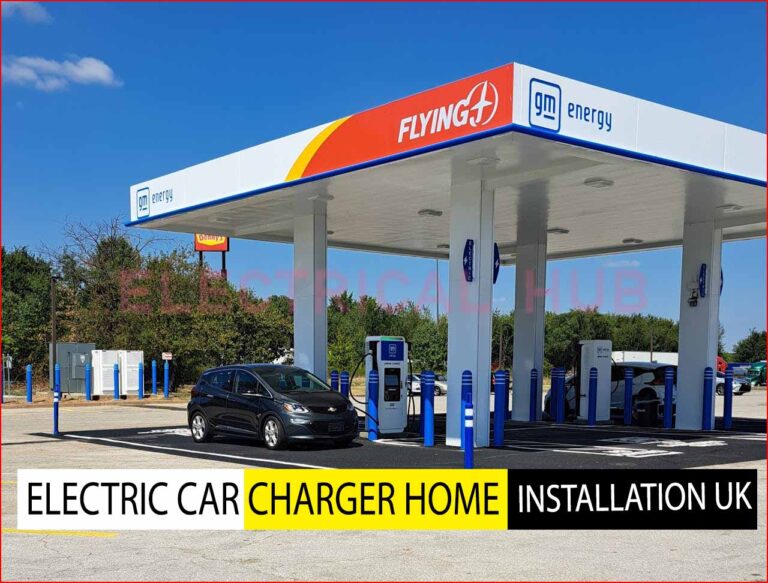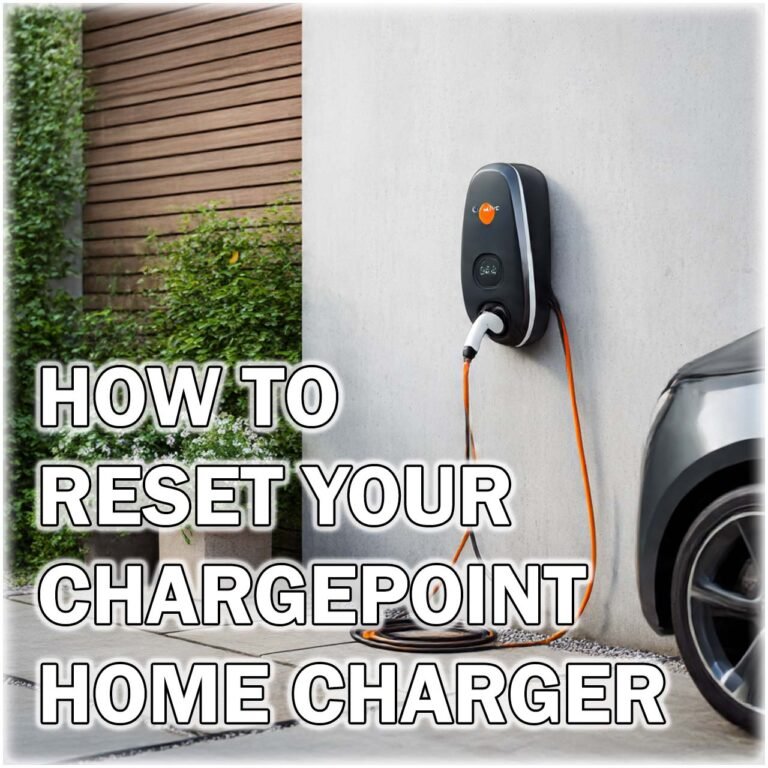Electric Vehicle Fire Insurance
Electric vehicles (EVs) are becoming increasingly popular across the world. As more people shift toward sustainable transport, the demand for electric vehicles is growing rapidly. But with this change comes a new set of challenges. One of the main concerns among EV owners is fire risk. That’s why electric vehicle fire insurance is now a critical topic in the auto insurance industry.
Electric vehicles are different from conventional cars in many ways. They use lithium-ion batteries instead of internal combustion engines. These batteries can catch fire under certain conditions. While battery fires are rare, when they do happen, they can be intense and dangerous. Understanding how electric vehicle fire insurance works is essential for EV owners, manufacturers, and even insurers.
Electric vehicle fire incidents can occur due to overheating, manufacturing defects, accidents, or faulty charging systems. Insurers now have to evaluate the fire risk differently compared to gas-powered vehicles. This new risk landscape has created the need for customized insurance products tailored for EVs.
Importance of Electric Vehicle Fire Insurance
The primary purpose of electric vehicle fire insurance is to protect the owner from financial losses if the EV catches fire. The cost of repairing or replacing a fire-damaged EV can be very high. Fire insurance for EVs provides coverage for such events.
In some countries, fire coverage is already included in standard comprehensive auto insurance. However, with EVs, not all policies cover battery fires, especially those resulting from user negligence or improper charging practices. Hence, a standalone or specialized fire insurance policy may be required.
Insurance providers are now beginning to include EV-specific clauses in their contracts. These clauses clearly outline the extent of fire damage covered, including the battery pack, charging unit, and even third-party property damage.
How Electric Vehicle Fire Insurance Works
When an electric vehicle catches fire, the insurance claim process usually begins with damage assessment. The insurer inspects the vehicle, determines the cause of the fire, and calculates the compensation amount based on the policy.
Here’s a simple table to show what’s typically covered under electric vehicle fire insurance:
| Coverage Element | Description |
|---|---|
| Battery Damage | Covers repair or replacement of damaged lithium-ion battery |
| Vehicle Body | Includes fire-related damage to bodywork, paint, and interiors |
| Charging Unit Damage | Includes home or public charging station if fire was linked to charging |
| Third-party Liability | Covers damage caused to other vehicles or property |
| Emergency Services Reimbursement | Compensation for fire brigade or towing services |
| Personal Belongings | Some policies cover fire-damaged items inside the vehicle |
EV fire insurance may come with certain conditions. For instance, if the fire was caused by unauthorized modifications or unapproved chargers, the insurer may reject the claim.
Factors Affecting Electric Vehicle Fire Insurance Premiums
The cost of electric vehicle fire insurance depends on multiple factors. Insurance companies look at the battery capacity, make and model of the EV, historical fire data, and the cost of parts. Some EV models have a better fire safety track record than others.
Charging habits also influence insurance pricing. EVs regularly charged at home without safety compliance measures may be seen as high risk. Insurers may recommend installing certified charging equipment and following manufacturer guidelines.
Below is a breakdown of what can affect your EV fire insurance premiums:
| Factor | Impact on Premium |
|---|---|
| Battery Size | Larger batteries may carry higher risk, leading to higher premiums |
| Vehicle Model | High-end models may cost more to repair |
| Fire Safety Features | Vehicles with better cooling and safety tech may get discounts |
| Driving History | Good driver records can lower premium rates |
| Location | High-risk areas may increase premiums |
These technical insights help EV owners understand what they’re paying for and how to minimize costs by adopting safe practices.
Real Cases That Shaped the Fire Insurance Market
In the past few years, several high-profile EV fire incidents have shaped how insurers approach the EV market. Fires linked to battery defects or thermal runaway events in EVs have led to mass recalls by automakers. These events prompted regulators to demand more safety tests and insurance providers to update their policies.
Tesla, Chevrolet, Hyundai, and other leading EV brands have faced such situations. These incidents resulted in more robust battery design, better software management, and higher scrutiny on battery suppliers.
Insurance companies have started collaborating with EV manufacturers to access vehicle telemetry data. This helps in analyzing usage patterns and potential fire risks, making underwriting more accurate and fair.
Fire Safety Technologies in Modern EVs
Modern electric vehicles come with multiple fire prevention systems. Battery Management Systems (BMS), thermal cooling loops, and cell isolation features are becoming standard. Some EVs are now equipped with real-time temperature monitoring and automatic shutdown systems that activate during critical failures.
Manufacturers also design battery packs to be isolated from passenger cabins, reducing fire risk to humans in the car. Despite these advancements, the risk of fire—especially during or after a crash—still exists. That’s why electric vehicle fire insurance remains a necessity, even for the most advanced EVs.
Regulatory Guidelines for EV Fire Insurance
Governments around the world are beginning to set standards for EV safety and insurance. In the U.S., the National Highway Traffic Safety Administration (NHTSA) and Insurance Institute for Highway Safety (IIHS) have set benchmarks for battery fire testing.
In Europe, insurance frameworks are adapting to include fire-specific provisions. In Hong Kong, for example, there’s increasing demand for Electric Car Insurance in Hong Kong due to the rise in EV ownership and related safety regulations.
India and China, two growing EV markets, are also updating their insurance models. These regions are promoting EV adoption through subsidies but also focusing on safety certifications for vehicles and charging infrastructure.
Tips for EV Owners to Avoid Fire-Related Insurance Issues
To avoid claim rejection, EV owners should:
- Always use certified chargers and install home charging units as per code.
- Avoid overcharging and keep the battery between 20%–80% for daily use.
- Do not expose the EV to extreme heat or flooding.
- Schedule regular battery checks and software updates.
- Disclose any aftermarket modifications to the insurer.
Being proactive with maintenance and safe operation can improve insurance outcomes and even lower premiums over time.
EV Fire Insurance vs Conventional Auto Fire Insurance
While traditional fire insurance covers combustion engines, electric vehicle fire insurance must address new risks. Internal combustion vehicles typically catch fire due to fuel leaks or overheating engines. But EVs face risks like internal battery short circuits, charging station malfunctions, or BMS failures.
Therefore, EV fire insurance must include technical assessments, high-value battery coverage, and even charger-related liabilities. That’s why EV owners should not rely solely on generic car insurance policies. A tailored policy gives peace of mind and financial protection.
In comparison, Electrical Insurances for Home in USA usually cover household electrical faults and fire incidents but are not designed to handle EV-related battery fire damages. So, homeowners charging their EVs at home should verify if their home insurance covers garage fires caused by EVs.
The Growing Role of Government Incentives
Governments are promoting electric vehicles by offering rebates, tax breaks, and safety bonuses. For instance, Electric Car Incentives in Georgia provide discounts and tax benefits to new EV buyers. These incentives sometimes extend to insurance, such as reduced premiums for cars with higher safety ratings.
In regions where the government supports the EV industry, insurers feel more confident offering competitive and inclusive fire coverage. As EVs become the norm, insurers are forced to innovate and meet the unique needs of electric mobility.
Insurance Cost Forecast for the EV Industry
As the EV market matures, electric vehicle fire insurance is expected to evolve. Premiums may initially be high due to uncertainty and lack of data, but they will stabilize as more fire safety records and technical insights become available.
Small businesses that deal with EV maintenance or charging station installation should also consider broader coverage, like Electrical Business Insurance Cost, to protect against EV-related liabilities.
Just like Electrical Business Insurance Cost has adjusted to new technologies in homes and industries, auto insurance providers are beginning to tailor their products to suit electric vehicles more efficiently.
Conclusion
Electric vehicle fire insurance is not just another add-on; it is becoming essential in today’s automotive landscape. The technology behind EVs is still evolving, and fire risks, though rare, can have serious consequences. Proper insurance provides protection, peace of mind, and financial stability in case of unforeseen fire damage.
By understanding how electric vehicle fire insurance works, what it covers, and how to reduce your premiums, you can make more informed decisions. As EV adoption continues to grow globally, insurance models will keep evolving to meet these modern risks. Always choose a policy that understands the unique needs of EV ownership and provides complete fire protection.
Follow Us on Social:
Subscribe our Newsletter on Electrical Insights to get the latest updates in Electrical Engineering.
#ElectricVehicleInsurance, #EVFireRisk, #EVFireCoverage, #EVInsuranceTips, #ElectricCarInsurance, #EVFireSafety, #EVInsurancePolicy, #EVAccidentInsurance, #BatteryFireInsurance, #EVInsuranceGuide, #EVClaimsProcess, #InsureYourEV, #EVFireProtection, #EVInsurancePlan, #GreenVehicleInsurance




![Best Home EV Charger for Tesla UK [2025 Reviews] 4 Best Home EV Charger for Tesla UK [2025 Reviews]](https://azadtechhub.com/wp-content/uploads/2025/09/Best-Home-EV-Charger-for-Tesla-UK-2025-Reviews-768x512.jpg)
